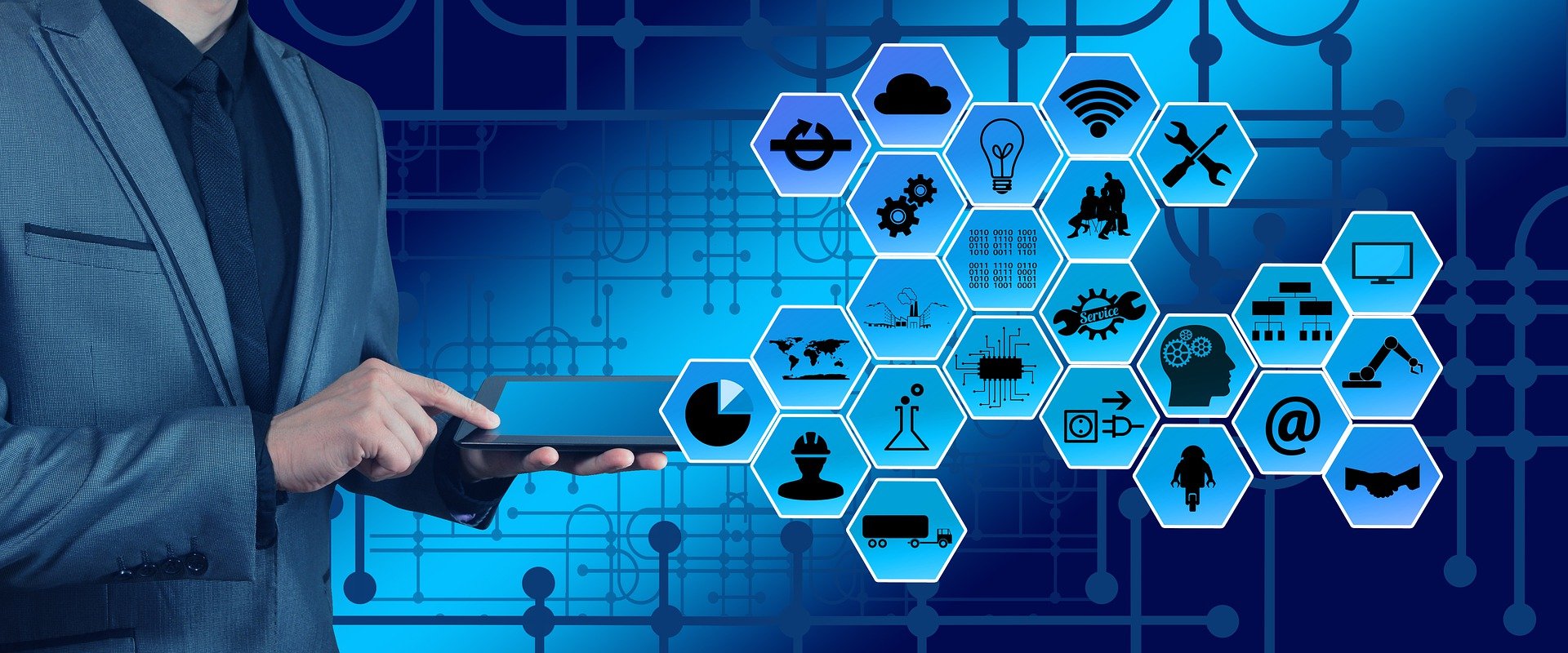The internet has radically changed a number of fields, especially as new technologies using this connectivity get developed. In the field of healthcare, the internet has facilitated everything from remote critical care to direct messaging with healthcare providers.
One technology that is starting to gain a lot of traction in healthcare is the Internet of Things (IoT). A very broad term, IoT refers to the connectivity of everyday devices, including medical equipment. Most people thing of products like Nest when they consider cutting-edge IoT. However, this technology is beginning to become much more prominent in healthcare with a number of unique applications, including:
1. Smart inhalers
Asthma is a chronic condition affecting hundreds of millions of people worldwide. Treatment of asthma involves the use of different types of inhalers to help open airways in the lungs. New inhalers connected to the internet can give patients and their providers valuable information and feedback. The devices can track whenever each different inhaler is used.
This information can be sent to clinicians to judge whether or not the asthma is adequately controlled. If patients require treatments less often than prescribed, it could be possible to deescalate care. On the other hand, if people use their rescue inhaler quite often, it could be a sign to add a controller medication that is taken every day. Smart inhalers take the guesswork out of tracking and have also been shown to improve compliance.
2. Treatment side effects
Cancer treatment is known for causing a number of different side effects, and tracking them can be difficult. IoT devices can help track side effects and facilitate quick intervention when they become overbearing.
One study used Bluetooth-enabled scales and blood pressure cuffs with a symptom-tracking app to follow patient conditions. Information from the devices was sent to physicians each day, which offers much more oversight than the traditional weekly clinic visits. This technology simplified care and made it easy to address severe side effects very quickly.
Furthermore, the technology minimizes interference with everyday life since data is automatically shared with the physician. Addressing side effects quickly can save people a hospital admission and maximize quality of life.
3. Coagulation checks
People take blood thinners for a number of reasons. While anticoagulation is an important part of minimizing risk of future health events, this treatment itself poses some danger for patients, including bleeding and hemorrhagic stroke. Patients frequently check their coagulation numbers to make sure they stay within therapeutic range and balance the risks of treatment effectively.
New technologies help patients check these numbers at home to minimize the number of trips to the clinic. The results of these tests get transmitted immediately to healthcare providers, who can intervene as necessary. The device allows patients to add comments to the results if they have questions or concerns and also reminds them to test if it has been too long since the last one.
4. Pill sensors
One company has created ingestible sensors that can be used to track medication compliance. A study by the World Health Organization found that about half of medicines are not taken as directed, which can add to disease morbidity. The pill trackers create a small signal in the stomach when they are ingested that is picked up by a sensor worn on the body.
Information about the ingestion is transmitted to a smart device, such as a phone, to confirm compliance. So far, this technology has been used for medications related to hypertension, diabetes, and psychosis. The data from these trackers allows clinicians to have more informed conversations about compliance with patients and also serves as reminder for people to take a medication if they forget.
5. Automated insulin
An extremely practical device for people with diabetes who are dependent on insulin is an IoT device that measures blood glucose levels and then automatically injects the appropriate amount of insulin into the bloodstream. Continuous glucose monitors are a technology that already exists. The IoT pump connects to the monitor and uses reading to adjust the amount of insulin delivered in real time.
Automating insulin reduces many of the risks associated with this sort of therapy, such as hypoglycemia. Treating diabetes generally involves some amount of guesswork as people try to predict the amount of insulin they will need. An inadequate amount leaves people vulnerable to the effects of diabetes while too much can result in death.
6. Operations management
Hospitals are busy and complex environments. IoT has the potential to make things run smoothly even when things become hectic. Through IoT, it is possible to monitor the condition of equipment to ensure it gets serviced and is never out of commission.
In addition, IoT sensors can help monitor stock of various supplies to ensure that they get replaced before they run out and cause serious delays in patient care. Also, there would be some utility in using IoT to locate items that are not used regularly. Locating these items can sometimes take a lot of time, but it could soon be possible to use an app to geolocate an item and learn its exact location.

